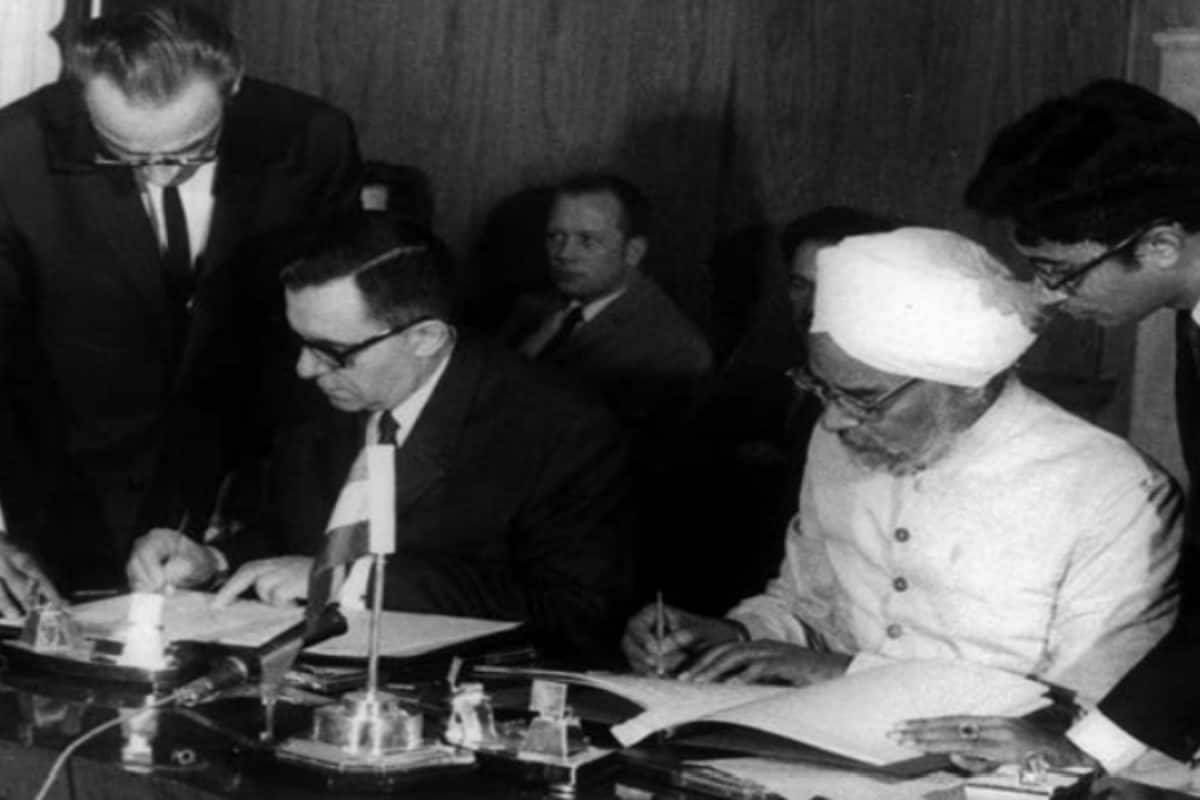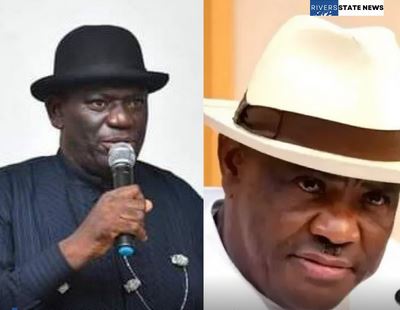
Author AS Bhasin has done well to remind us of the importance of delving into the geopolitical intricacies surrounding five key agreements and drawing valuable lessons Avtar Singh Bhasin, at 90, remains indefatigable. His latest book, Negotiating India’s Landmark Agreements , published by Penguin Random House India, establishes his credibility as a prolific writer and chronicler of India’s international engagements and agreements. Bhasin’s meticulous research is evident in his latest book, in which he examines five key agreements: the 1954 India-China Agreement (also known as the Panchsheel Agreement), the Indo–Soviet Treaty of Peace, Friendship and Cooperation (1971), the Simla Agreement between India and Pakistan (1972), the India–Sri Lanka Accord (1987), and the India–United States Civil Nuclear Energy Agreement (2008)—each of which has had profound implications for Indian foreign policy.
More than seven decades on, Bhasin has raised important issues concerning the 1954 Agreement that redefined the Indian position on Tibet. It was, after all, the first attempt by India and China to reset bilateral ties following their emergence as newly founded states. The failure of the 17-point agreement between China and Tibet was accompanied by foment, and the former tightening its vice-like grip on the latter.

China had been pressing for India’s recognition of Tibet as part of China. This was achieved through the 1954 agreement. Two years before concluding the Panchsheel Agreement, India had already downgraded its Mission in Lhasa in 1952 to the level of a Consulate General (it was finally shut down in 1962), surrendered its British-era extra-territorial privileges in Tibet, such as its postal, telegraph, telephone infrastructure and wayside rest houses.
It had also withdrawn its military escorts at trade marts in Tibet. India did not use these concessions or the fact of according recognition to the “Tibet Region of China" as a bargaining tool for settling the border dispute, which had already reared its ugly head by then. The instructions given to the Indian delegation by the then Prime Minister Jawaharlal Nehru were that they should not raise the border dispute during the 1954 negotiations.
The Chinese, in any case, were not interested in raising the issue since they were busy consolidating their position in Tibet and Aksai Chin, where they had already started constructing the G219 highway. On the question of trade between Tibet and Ladakh and the use of certain passes like the Rudok pass, the Chinese adroitly linked the Ladakh trade issue to the resolution of the Kashmir dispute between India and Pakistan. The decision not to discuss the border dispute during the negotiations over the 1954 agreement led to considerable legacy issues between India and China.
The 1954 agreement was valid for eight years. It was not renewed in April 1962, by when the gamut of issues relating to the boundary dispute and the flight of the Dalai Lama to India had boiled over. In any case, China refused to accept the passes mentioned in the agreement as “border passes", even though they were clearly so as evident from the mutually agreed upon conduct of trade and transit of pilgrims through these points.
The Indo-Soviet Treaty of Peace, Friendship and Cooperation was signed in 1971 against the backdrop of mounting tensions between India and Pakistan and the gathering war clouds due to the atrocious situation in East Pakistan. The US and China were both pro-Pakistan. Bhasin states that the Soviets, in order to isolate China, had made an offer in 1969 to form an ‘Asian Collective Security Organisation,’ which they envisaged as a voluntary grouping of Asian nations ranged against China.
The Soviets had hoped that India would agree to play a central role. However, India did not exhibit any interest owing to its policy of non-alignment. Bhasin assesses that the treaty of 1971 was thus a response to the exigencies of the situation in East Pakistan, rather than a counter to China.
In his view, though India remained reluctant to commit to a broader security partnership in 1971, Indian officials lobbied with the Soviets to issue a statement that they hoped would deter Chinese involvement in the India-Pakistan conflict. Moscow, however, had pressed for a formal agreement. The author asserts that the 1971 treaty thus proved useful as it successfully prevented China’s involvement in the war.
A year after the signing of the Indo-Soviet agreement and following the end of the 1971 war, India and Pakistan concluded the 1972 Simla Agreement. It was deemed epochal at the time, having converted the Ceasefire Line into the Line of Control, and secured agreement that disputes would be resolved through peaceful negotiations and through bilateral means. Yet, it remains a matter of debate to date as to why India did not settle the Kashmir issue once and for all when Pakistan stood utterly defeated on the battlefield and India held 93,000 Prisoners of War (POWs).
Bhasin feels that the treaty was unique since it involved a defeated country, Pakistan, being invited for negotiations as an equal. It was also a novel experiment in diplomacy whereby India, a victorious power, agreed to negotiate with Pakistan without any preconditions. Bhasin avers that Bhutto proved to be a clever negotiator, as he successfully warded off committing himself to a solution on Kashmir, achieved the repatriation of the 93,000 PoWs and recovered lost territory without conceding anything of significance to the then Prime Minister Indira Gandhi.
Later, after Bhutto’s death, Pakistan reneged on the understanding on Kashmir, citing the purported absence of written agreements. With regard to the India-Sri Lanka accord, Bhasin sees it as representing a ‘highly toxic’ phase of India’s foreign policy. Sri Lanka always suffered from an inherent ethnic problem between the Sinhalese and the Tamil communities.
Following Sri Lanka’s independence, the situation became fraught since the Tamils aspired to their own homeland. Initially, New Delhi was averse to interfering in Sri Lanka’s Tamil issue, deeming it to be Colombo’s internal problem. Further, New Delhi was also anxious that support to the Tamil movement in Sri Lanka could revive the secessionist movement in Tamil Nadu.
However, India’s stance changed when Indira Gandhi, following her return to power in 1980, began to provide assistance to the Sri Lankan Tamil insurgents. Her policy was continued by Rajiv Gandhi as India extended assistance to the Liberation Tigers of Tamil Eelam (LTTE), thus placing itself in opposition to the Sri Lankan government, which sought to defeat the LTTE. Finally, in 1987, by signing the India-Sri Lanka accord, Colombo decided to involve India on its side, agreeing to address India’s security concerns on the Tamil issue in return for Indian help in disarming the LTTE.
Committing the Indian Peace Keeping Force in Sri Lanka was a matter of concern in New Delhi, given the possibility that the LTTE might refuse to lay down its arms. The agreement ultimately sucked India in and led to major hostilities with the LTTE. “Operation Pawan" resulted in a large number of casualties for the Indian Army and dented national prestige.
Turning to the India-US civil nuclear agreement of 2008, the author highlights that India had historically refrained from signing the Nuclear Non-Proliferation Treaty (NPT), given its discriminatory provisions. Bhasin observes that China’s nuclear test in 1964 had introduced a new dimension to India’s security paradigms. After the Indian test in 1974, the Nuclear Suppliers’ Group sought to restrict India’s access to nuclear energy.
It was not until 1998 that New Delhi felt confident enough to conduct nuclear weapons tests. The initially negative reaction of the Clinton administration to India’s nuclear tests notwithstanding, the Bush Presidency sought to forge deeper relations with New Delhi owing to its strategic concerns over the rise of China. Further, the US realized that it was impossible to roll back India’s advancements in nuclear technology.
It was under these circumstances that the landmark civil nuclear agreement was signed. The need for a counterweight to China in Asia and India’s economic attractiveness to US investors were factors in the policy turnaround steered by the then Secretary of State Condoleezza Rice. The influential diaspora in the US also played an important role.
On India’s part, the opposition of coalition members within the ruling United Progressive Alliance (UPA), particularly the Left, to the nuclear deal posed a major challenge. This was overcome by the government eventually winning a no-confidence vote in the Lok Sabha. Finally, the agreement was signed and helped cement India’s status as a responsible nuclear power.
Although the deal normalised India’s status as a nuclear power, the benefits of the agreement have yet to accrue. Apparently, negotiations are still ongoing between the Nuclear Power Corporation of India Limited (NPCIL) and Westinghouse Electric Company (WEC) for the construction of the six nuclear reactors at Kovvada in Andhra Pradesh’s Srikakulam district. President Donald Trump’s focus on oil and gas, so evocatively picturised by the line “drill, baby, drill" notwithstanding, US Secretary of Energy Chris Wright has expressed his hope of launching the “long-awaited American nuclear renaissance".
It augurs well that the US Department of Energy (DOE) has recently given unprecedented regulatory clearance that will permit a US company, Holtec International, to transfer Small Modular Reactor (SMR) technology to India. Neither the break-up of the Soviet Union nor the Ukraine war has weakened the close ties between New Delhi and Moscow, even as India-US relations have grown exponentially. Pakistan continues to disregard the bilateralism and peaceful resolution of differences enshrined in the Simla Agreement.
India’s “zero tolerance" of terrorism has put Pakistan on notice. Moreover, the spotlight is now on getting Pakistan to vacate its illegal occupation of parts of Kashmir. Nineteen years after the IPKF was pulled back in 1990, Sri Lanka conclusively defeated the LTTE in 2009.
As for the Panchsheel Agreement, it has long been overtaken by not just the 1962 border war but by the cyclical friction that surfaces in bilateral relations between India and China. Bhasin has done well to remind us of the importance of delving into the geopolitical intricacies surrounding these five key agreements and drawing valuable lessons for the future. Sujan Chinoy, a former Indian ambassador, is the Director General of the Manohar Parrikar Institute for Defence Studies and Analyses.
Views expressed in the above piece are personal and solely those of the author. They do not necessarily reflect News18’s views..















